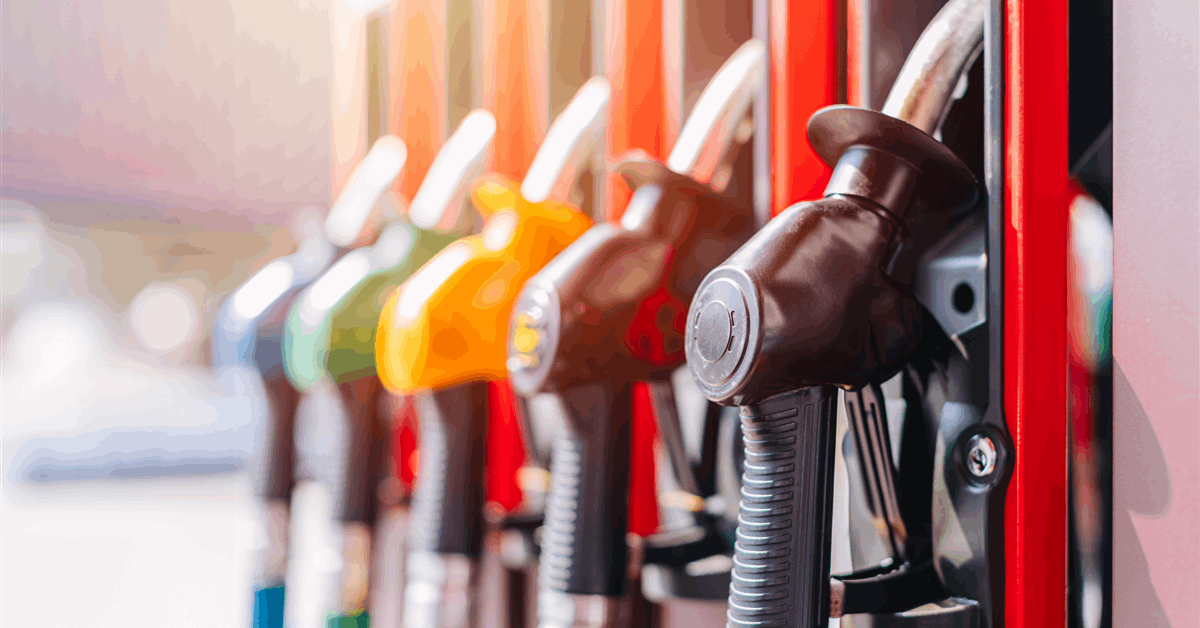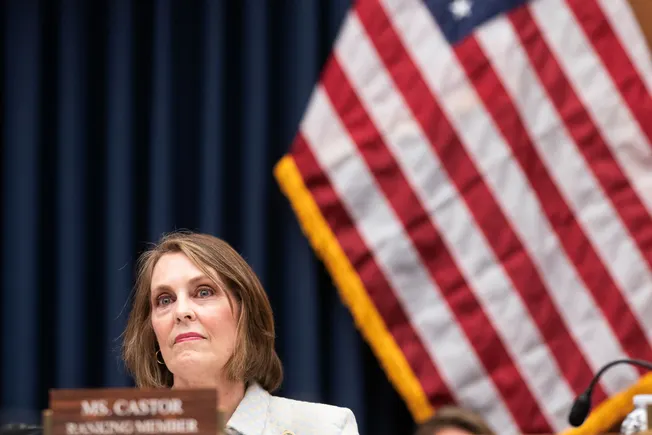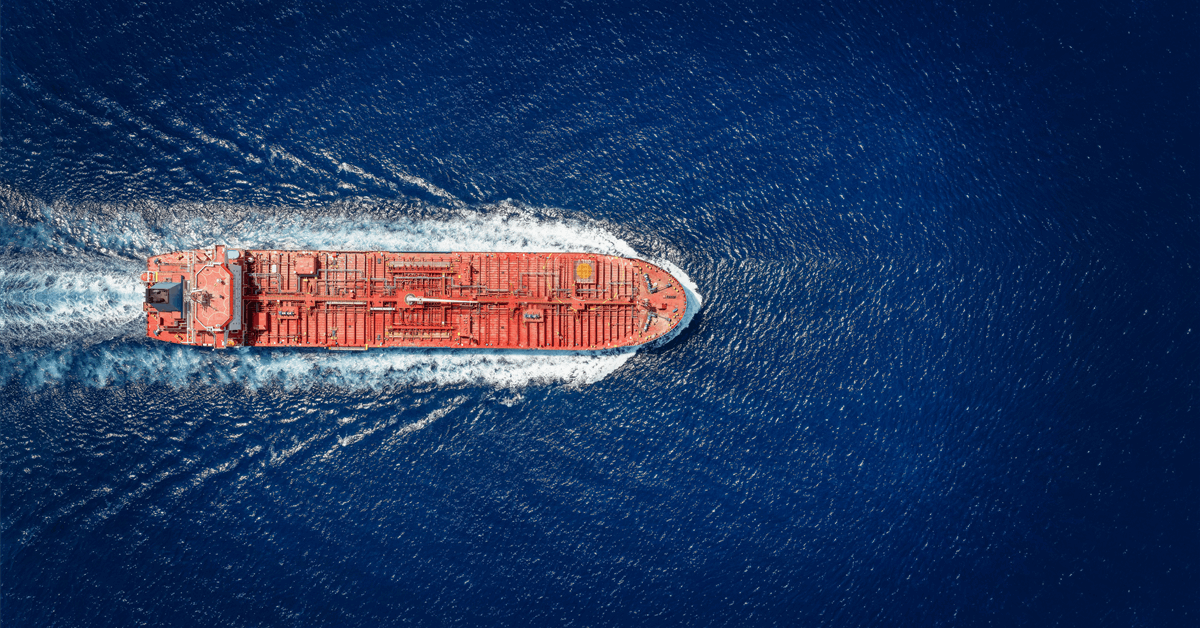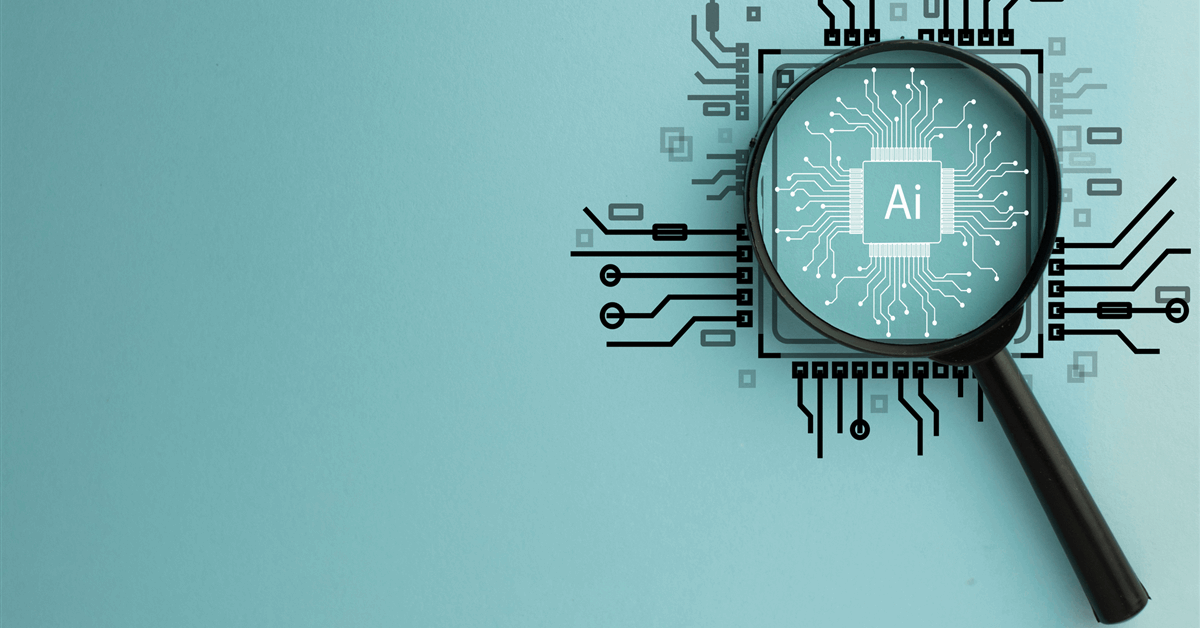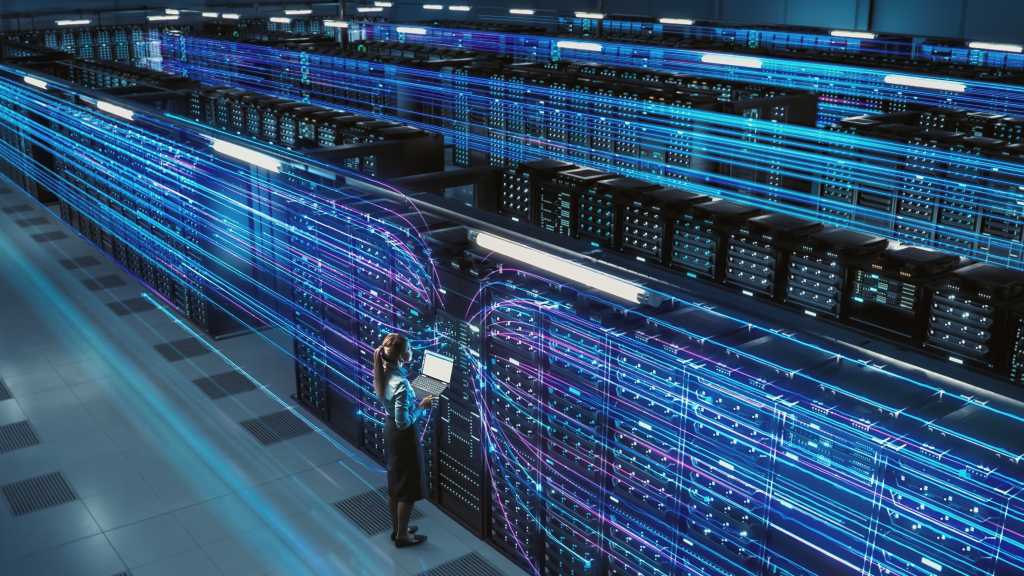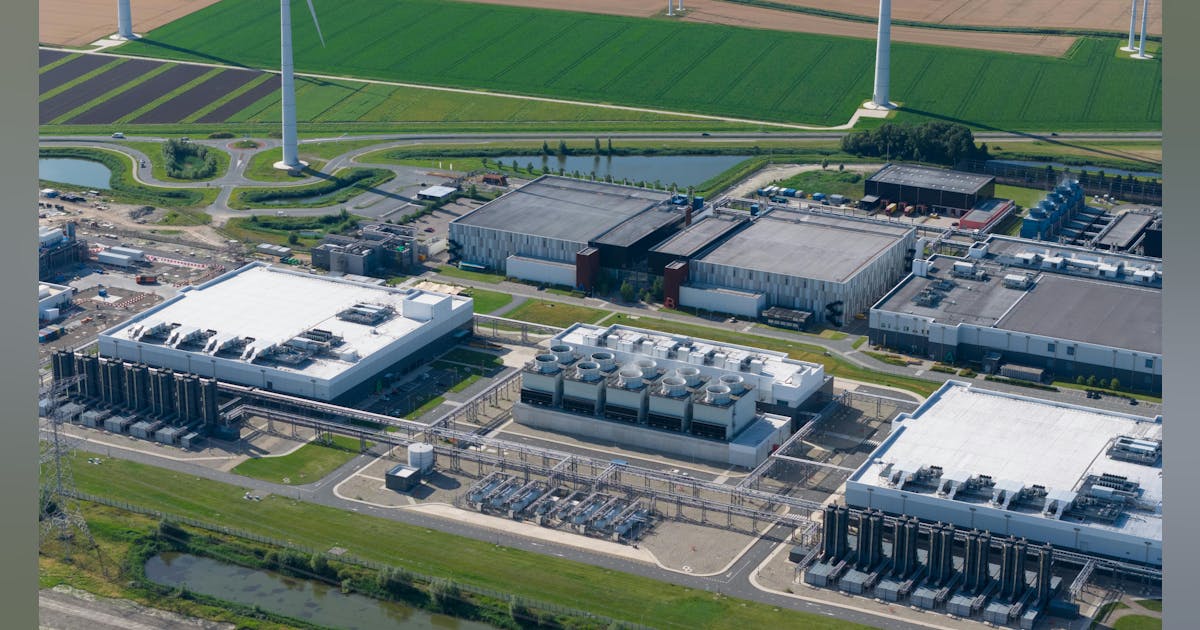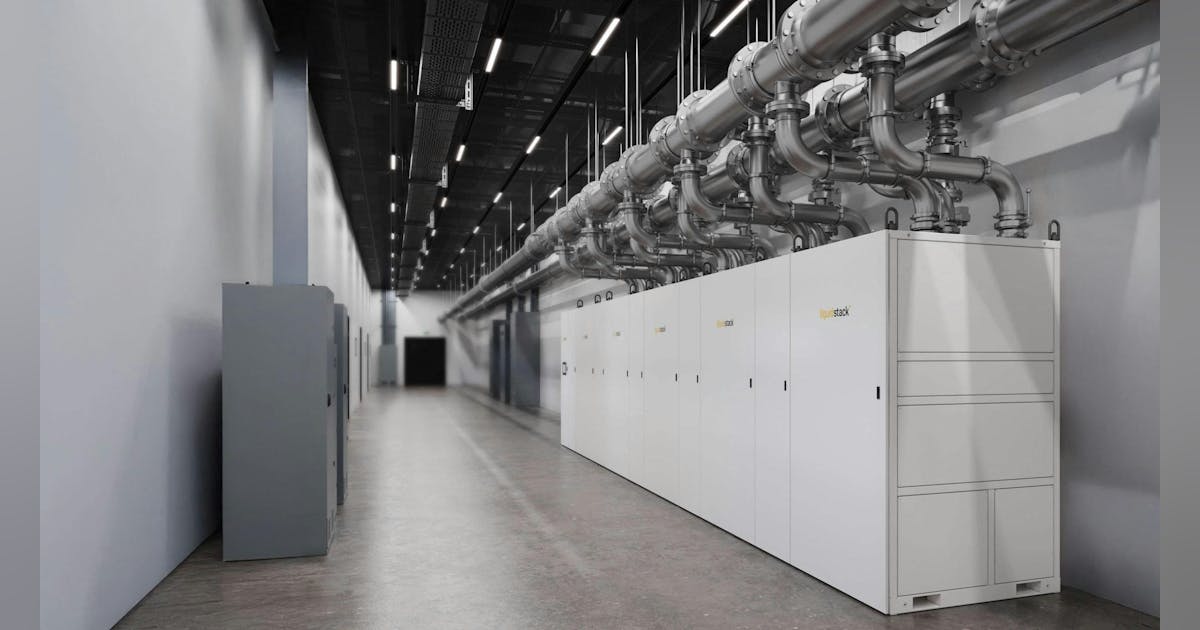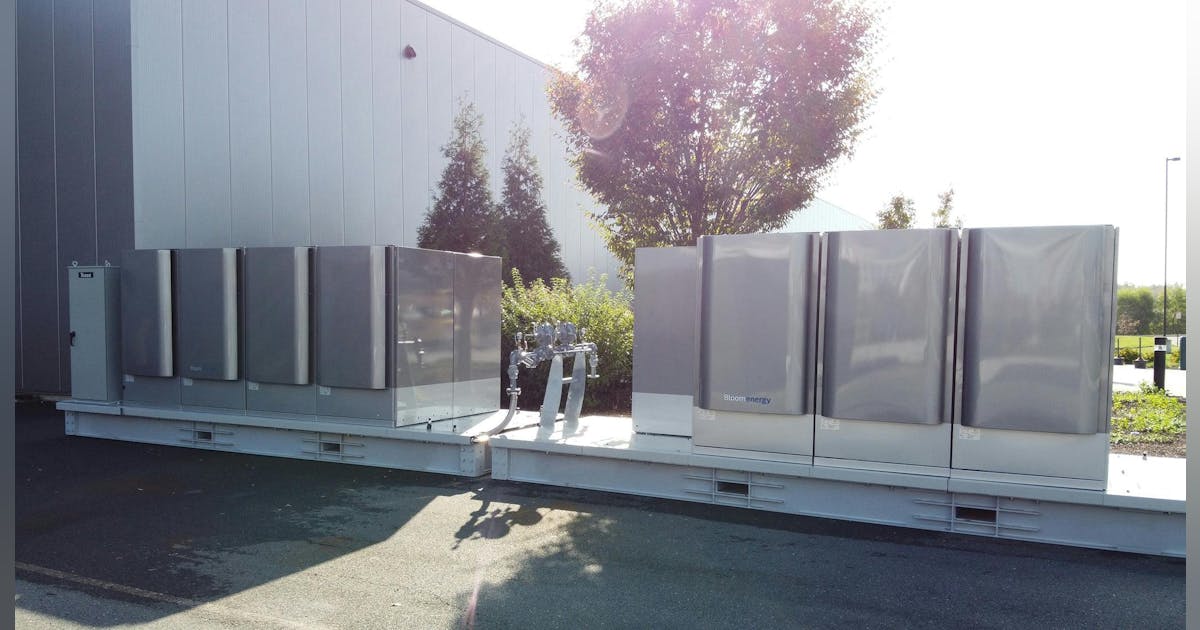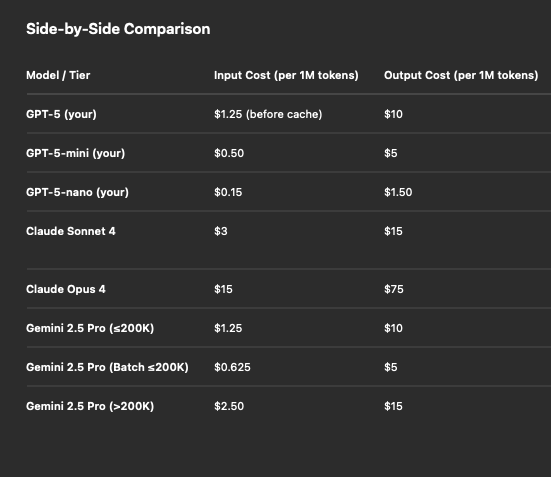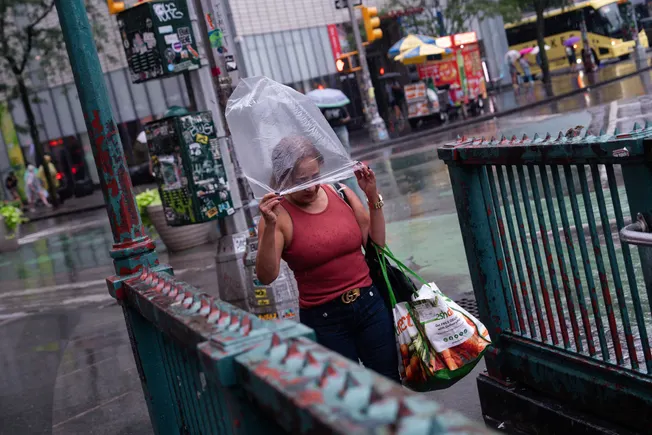
Dive Brief:
- AI applications such as predictive maintenance and digital twins could prevent 15% of projected natural disaster losses to power grids, water systems and transportation infrastructure, amounting to $70 billion in savings worldwide by 2050, according to a recently released Deloitte Center for Sustainable Progress report.
- Governments and other stakeholders need to overcome technological limitations, financial constraints, regulatory uncertainty, data availability and security concerns before AI-enabled resilience can be widely adopted for infrastructure systems, according to the report.
- “Investing in AI can help deliver less frequent or shorter power outages, faster system recovery after storms, or fewer damaged or non-usable roads and bridges,” Jennifer Steinmann, Deloitte Global Sustainability Business leader, said in an email.
Dive Insight:
Natural disasters have caused nearly $200 billion in average annual losses to infrastructure around the world over the past 15 years, according to Deloitte. The report projects that could increase to approximately $460 billion by 2050. Climate change is expected to increase the frequency and intensity of these events, leading to higher losses, according to the report.
“Investing in AI has the greatest near-term potential to help reduce damages from storms, which include tropical cyclones, tornados, thunderstorms, hailstorms, and blizzards,” Steinmann said. “These natural disasters drive the largest share of infrastructure losses, due to their high frequency, wide geographic reach, and increasing intensity.”
The AI for Infrastructure Resilience report uses empirical case studies, probabilistic risk modeling and economic forecasting to show how AI can help leaders fortify infrastructure so they can plan, respond and recover more quickly from natural disasters.
“AI technologies can offer preventative, detective and responsive solutions to help address natural disasters — but some interventions are more impactful than others,” Steinmann said.
Investing in AI while infrastructure is in planning stages accounts for roughly two-thirds of AI’s potential to prevent natural disaster costs, she said. Tools like AI-powered digital twins, predictive maintenance systems and scenario analysis can help urban planners design more resilient infrastructure.
“At the same time, leaders should invest in building the necessary digital and data infrastructure, fostering cross-sector collaboration, and helping ensure access to high-quality data so that they can maximize the effectiveness of AI tools in the three phases of the infrastructure lifecycle (planning, response and recovery),” Steinmann said.
Cities can overcome resource constraints by working with private sector stakeholders and research institutions and focusing on more cost-effective solutions that provide demonstrated measurable benefits, such as AI-powered early warning systems, she said.
“Starting with pilot projects, focusing on one hazard type — like storms — and working directly with private companies or research centers, can help demonstrate value and build momentum for broader adoption,” Steinmann said.
Development banks, insurance companies and financial institutions are increasingly incentivizing AI-driven risk reduction strategies through flexible financing models and innovation funds, she added.




